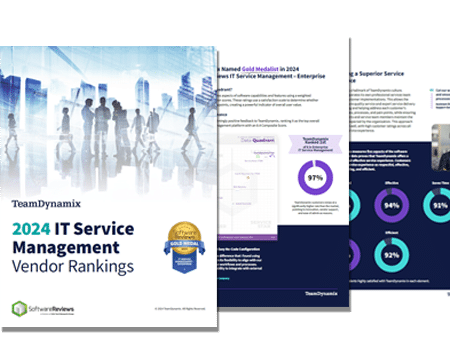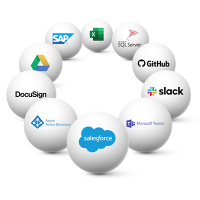Organizations typically have more proposed work than they can deliver because their resources are limited. As a result, they have to carefully prioritize how they’ll spend their time and money.
The intake process is where IT project proposals are reviewed to determine how important they are — and whether they should get the green light to proceed, be tabled for a later date, or be rejected outright. An effective project intake process ensures that only projects adding enough value to the organization are approved.
Effective project intake requires a clear set of criteria for evaluating proposals, a process for doing so and tools that can help measure value. For example, a PPM system gives leaders insights into all of the projects in an organization and how they support the organization’s mission, as well as how much time and money they’re consuming. This helps leaders ensure that the most important, highest-impact projects are prioritized — and less important or riskier projects are deferred.
“Demand for service is skyrocketing,” Abigail Ferguson, Customer Success Manager for the City of Madison’s Information Technology, said. “But our staff levels have stayed relatively the same.”
To address the growing demand, the City of Madison is taking a proactive approach and combining Project Portfolio Management with ITSM using a single platform through TeamDynamix, “This is going to help us really get a sense of what projects align with our strategic goals. We can see what projects align with our service catalog that exist today and take a more proactive approach with our customers and other agencies,” she said.
And reactively, Ferguson said they really want to lean on utilizing their ITSM tool and tickets to help staff better manage their time and improve efficiency.
“We historically haven’t tracked the amount of time we spend on resolving tickets or on a project or task,” she explained, “So we are asking everyone to do that now using our tool so that we have a better picture of what expenditures do we have (in terms of staff time) and then we can use that to have a holistic view of resources so we can do resource capacity planning.”
Once they know their baseline for certain tasks and projects they’ll be able to identify areas where they might be able to make process improvements and provide a quicker, better customer experience.
This single platform approach for ITSM and PPM is also going to help the city identify what projects should be a high priority and what projects can be turned down or scheduled for a later time, “In government, you can’t always say no – it’s more of a ‘we can do that later’ so we want to be able to support our staff and our citizens the best we can by prioritizing the work,” Ferguson said.










